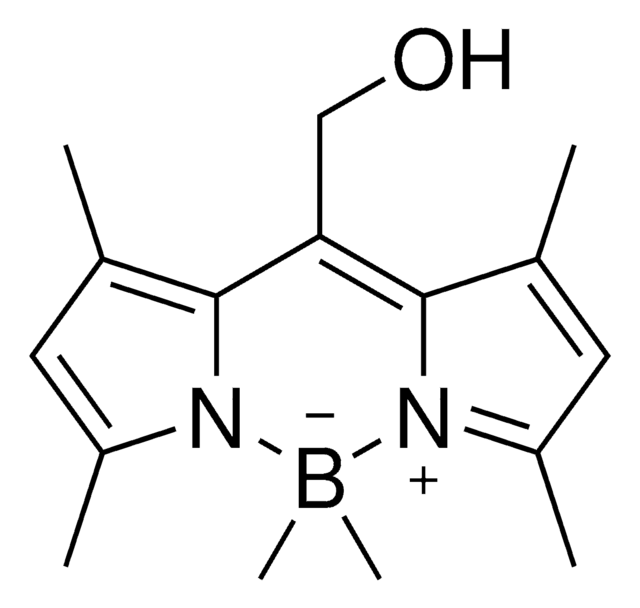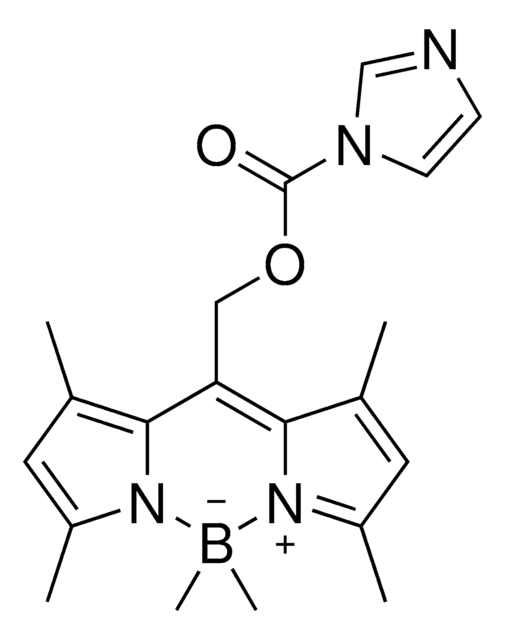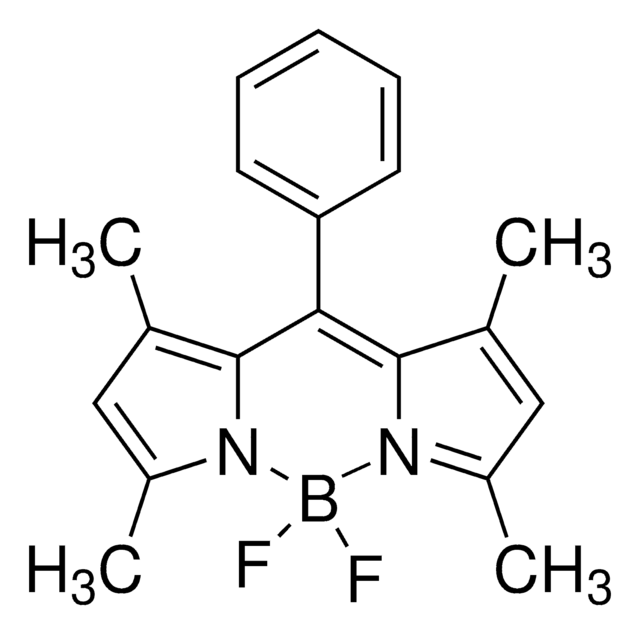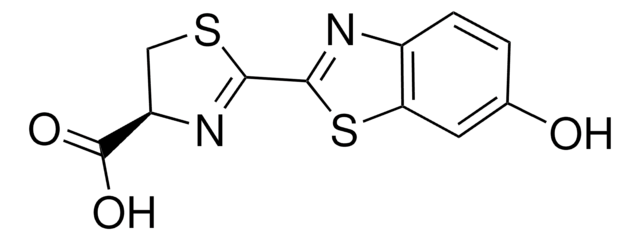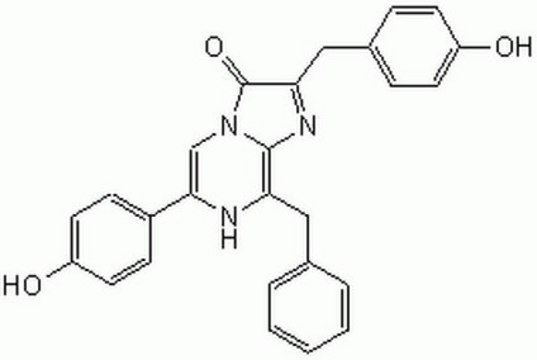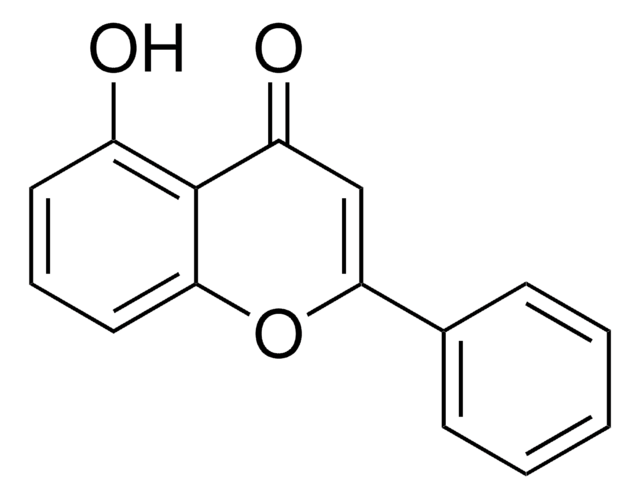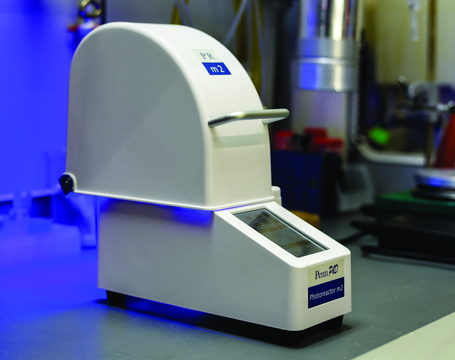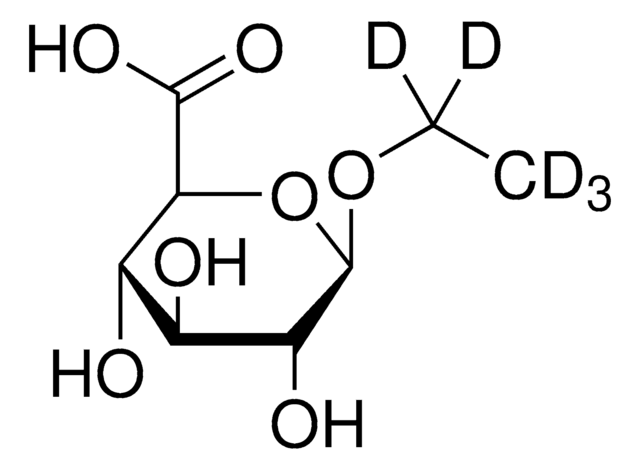908584
WinterRed photocage
≥95%
Synonym(s):
(3,7-Bis(4-(dimethylamino)styryl)-1,5,5,9-tetramethyl-dipyrrolo[1,3,2]diazaborinin-10-yl)methanol, 3,5-Bis(4-dimethylamino)styryl-1,7-dimethyl-8-hydroxymethyl pyrromethene dimethylborate, BODIPY Photocage
About This Item
Recommended Products
Assay
≥95%
form
powder
storage temp.
2-8°C
Application
Product can be used with our line of photoreactors: Including Penn PhD (Z744035) & SynLED 2.0 (Z744080)
Other Notes
Legal Information
related product
Storage Class Code
11 - Combustible Solids
WGK
WGK 3
Flash Point(F)
Not applicable
Flash Point(C)
Not applicable
Regulatory Information
Choose from one of the most recent versions:
Certificates of Analysis (COA)
It looks like we've run into a problem, but you can still download Certificates of Analysis from our Documents section.
If you need assistance, please contact Customer Support.
Already Own This Product?
Find documentation for the products that you have recently purchased in the Document Library.
Related Content
Research in the Winter lab focuses on the development of new chemical tools for biological and medical applications. Philosophically, we take the view that many problems in biology are at heart problems in mechanistic physical organic chemistry
Our team of scientists has experience in all areas of research including Life Science, Material Science, Chemical Synthesis, Chromatography, Analytical and many others.
Contact Technical Service